The use of wood bed floors in classic pickups is a design element that evokes nostalgia and practicality. These wooden floors were a hallmark of early trucks, serving both aesthetic and functional purposes. Understanding the reasons behind the choice of wood for truck beds in vintage pickups offers insight into automotive history and design.
Historical Context of Wood Bed Floors
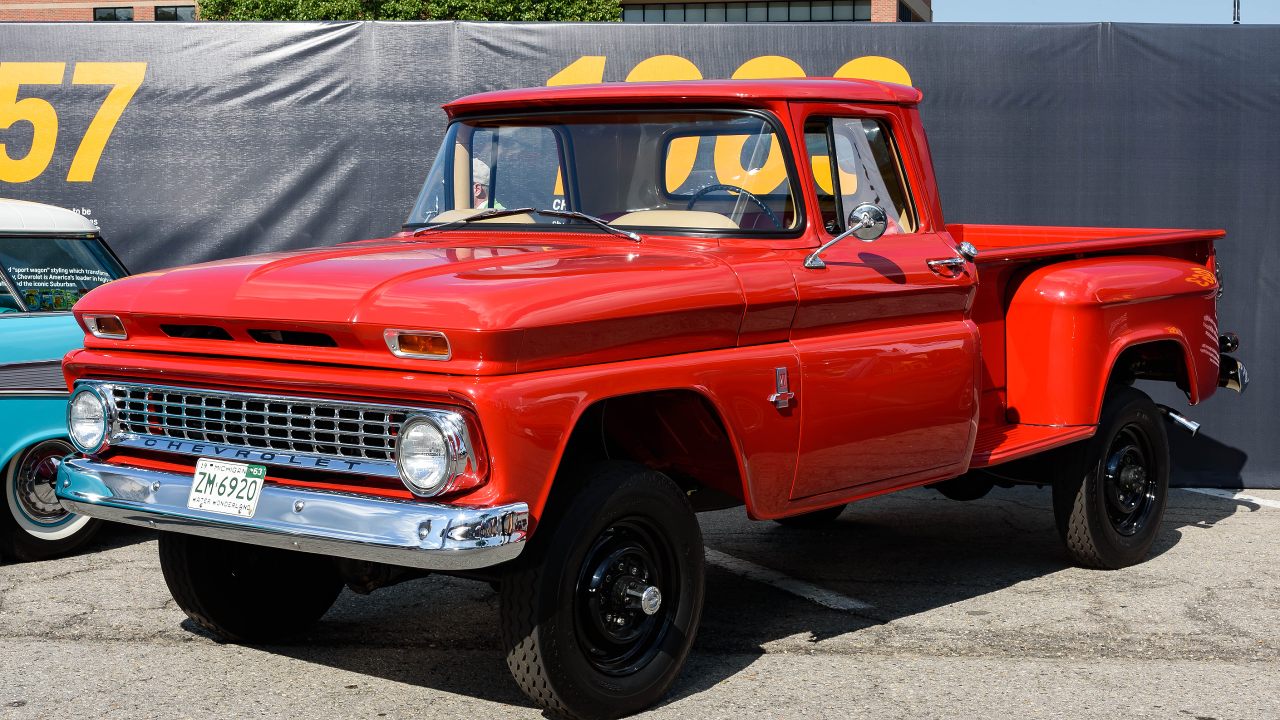
In the early days of automotive manufacturing, many techniques and materials were borrowed from the carriage-building industry. Carriages were primarily constructed from wood, a material that was abundant and familiar to craftsmen of the time. As the automotive industry was in its infancy, utilizing wood for truck beds seemed a natural choice. Wood provided the foundation for truck beds in many early models, such as the 1925 Chevrolet Series K and the Ford Model TT. This reliance on traditional materials allowed manufacturers to leverage existing skills and resources.
Material availability and cost were significant factors in the choice of wood for truck beds. During the early to mid-20th century, wood was not only abundant but also a cost-effective option compared to metal. The economies of scale in logging and timber processing made wood a practical choice for mass production. Many areas in the United States boasted rich forests that provided a steady supply of timber, making it a go-to material for various industries, including automotive manufacturing. The combination of availability, cost, and existing manufacturing techniques made wood an ideal choice for the truck beds of the era.
Functional Benefits of Wooden Floors
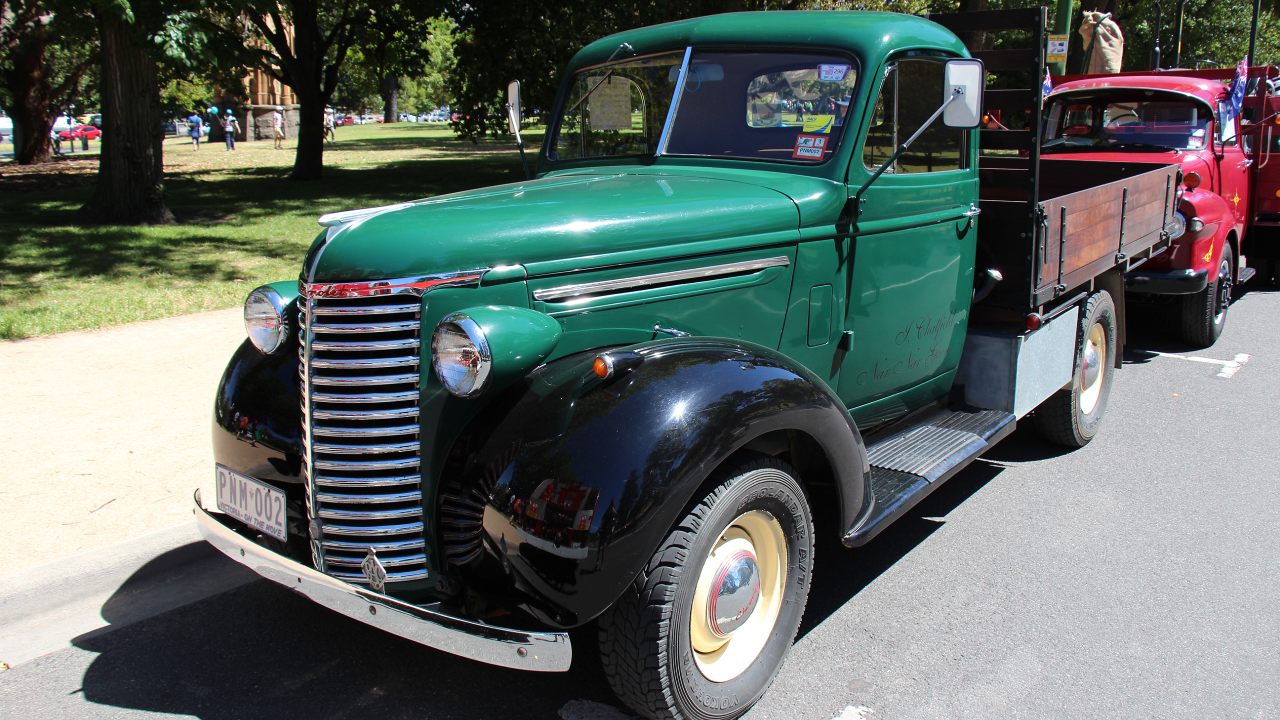
One of the primary reasons wood was chosen for truck bed floors was its durability and ease of repair. Wood could withstand heavy loads and, unlike metal, did not dent easily. When damage occurred, individual planks could be replaced without the need to overhaul the entire bed, reducing repair costs and downtime. For truck owners who used their vehicles for rugged tasks, this feature was invaluable. It allowed them to maintain their trucks without incurring significant expenses.
Weight considerations also played a crucial role in the preference for wood. Wood provided a favorable weight-to-strength ratio, which was essential for performance and fuel efficiency. Lighter than metal, wood contributed to better fuel economy and allowed the trucks to carry heavier loads. This aspect was particularly important in an era when engines were less powerful and fuel efficiency was a growing concern. Moreover, the flexibility of wood gave it a natural advantage in absorbing shocks, which could enhance the comfort of the ride.
Aesthetic Appeal and Customization
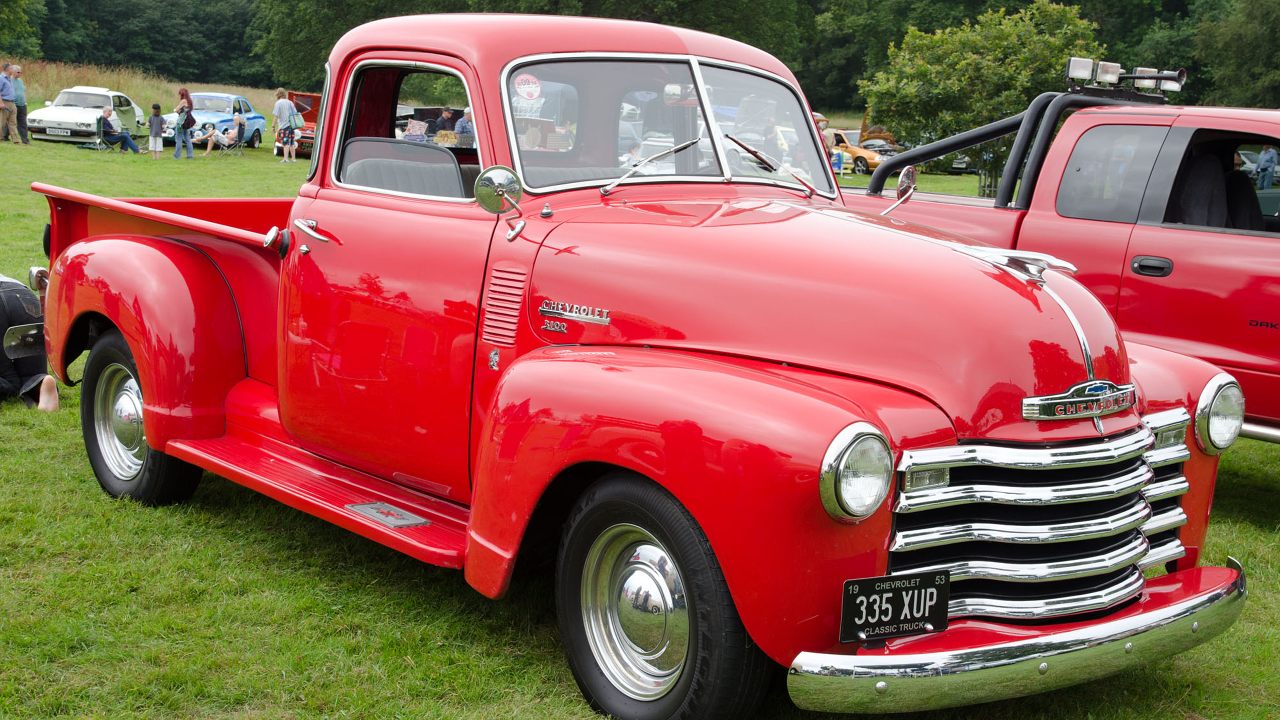
The aesthetic charm of wood cannot be overstated. Wood provided a warm, classic look that metal could not match. The natural grain and texture of wood added a level of sophistication and style to trucks, which was attractive to buyers. The distinctive appearance of a wooden bed floor became a hallmark of many classic pickups, adding to their nostalgic appeal today. Models such as the 1953 Chevrolet 3100, with its signature wooden bed, exemplified this visual appeal and remain highly sought after by collectors.
Wood also offered customization opportunities that metal did not. Owners could apply different types of finishes and stains to the wood, personalizing their trucks to reflect individual tastes and preferences. This customization was not merely aesthetic; it also served a protective function, with finishes helping to preserve the wood against the elements. The ability to easily modify the wood’s appearance made these trucks stand out and allowed owners to express their personality through their vehicles.
Transition to Metal Bed Floors
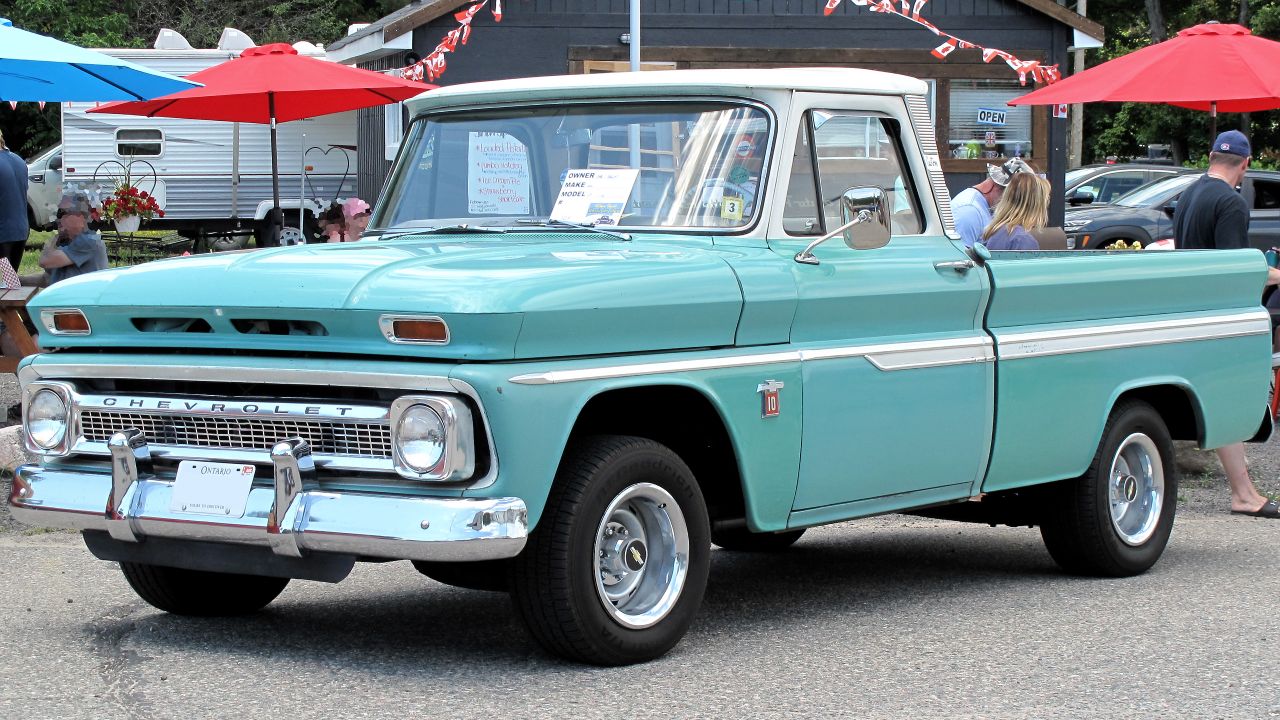
As technology advanced, the automotive industry began to shift from wood to metal bed floors. Developments in metalworking techniques, such as stamping and welding, made it possible to produce metal beds more efficiently and with greater precision. These advancements offered improved corrosion resistance, which was a significant drawback of wood. Metal beds required less maintenance and were considered more durable in the long term, making them an attractive option for manufacturers and consumers alike.
Market demands and consumer preferences also played a role in this transition. As the mid-20th century progressed, consumers sought vehicles that reflected modernity and innovation. The sleekness of metal, combined with its practical advantages, aligned with the evolving tastes of the market. Manufacturers responded to these demands by producing trucks with all-metal designs, which became the standard by the late 1960s. This shift was also driven by the desire for uniformity and consistency in production, which metal could more easily provide.
Restoration and Preservation of Wooden Bed Floors

Despite the shift to metal, the allure of wooden bed floors has not faded. Many enthusiasts today are dedicated to restoring and preserving these classic features. Modern restoration techniques include using high-quality wood, such as oak or pine, and applying advanced finishes that protect against moisture and UV damage. These techniques ensure that the restored wooden floors not only look authentic but also withstand the test of time.
Maintaining wooden bed floors in vintage trucks holds cultural and historical significance. These elements are more than just functional parts; they are pieces of history that reflect the craftsmanship and design philosophies of their time. Preserving them allows us to appreciate and celebrate the heritage of automotive design. Classic pickups with wooden beds, like the 1950 Ford F1, continue to captivate collectors and automotive historians, serving as a testament to the ingenuity and practicality of early truck design.
Like Fast Lane Only’s content? Be sure to follow us.
Here’s more from us:
*Created with AI assistance and editor review.

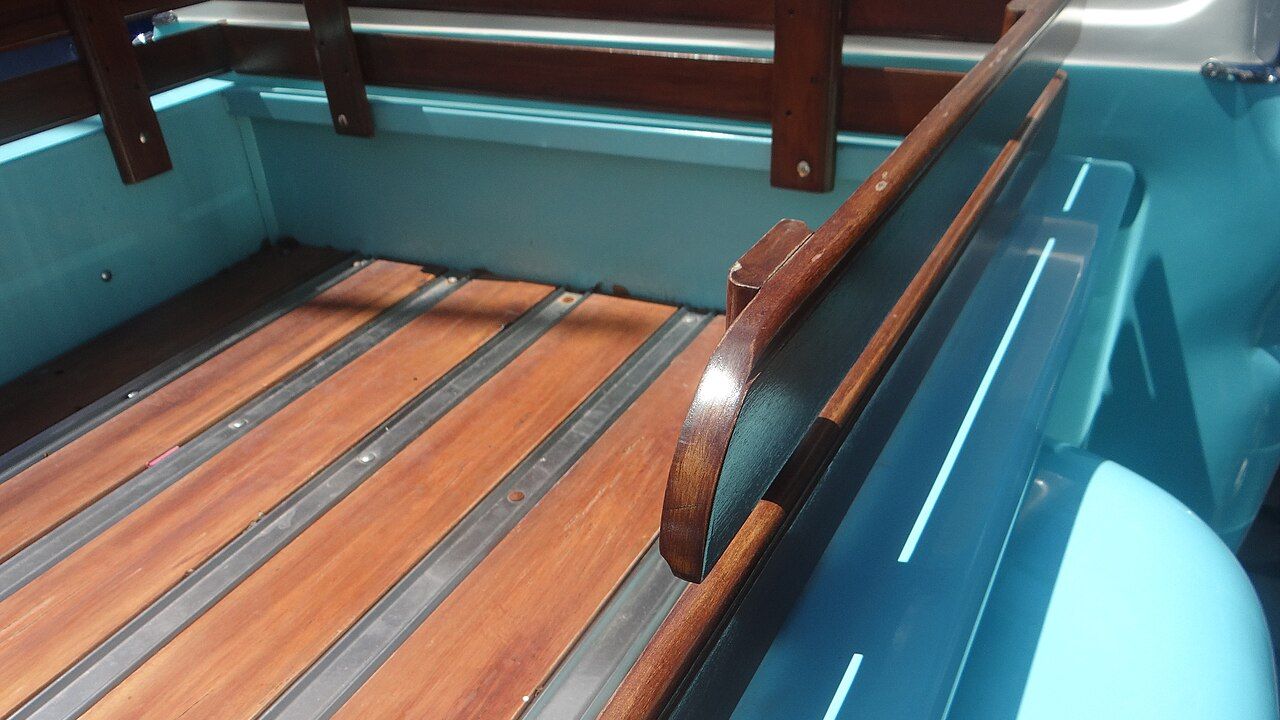

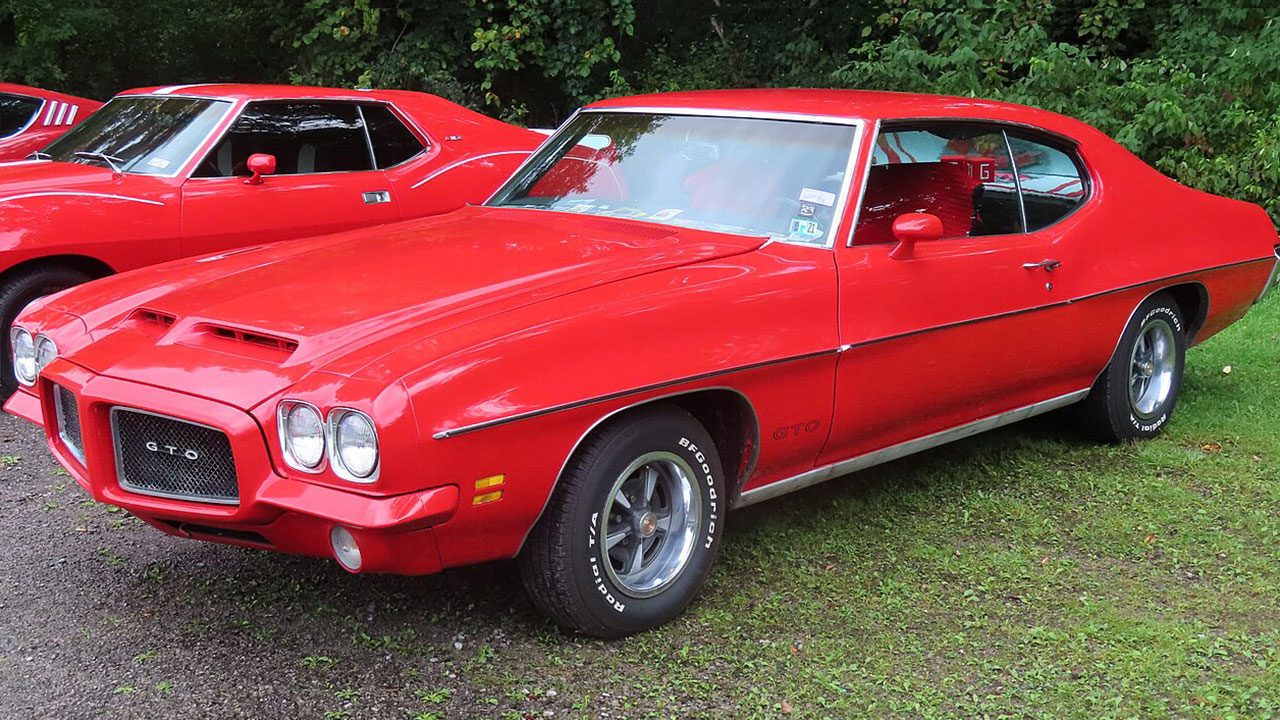



Leave a Reply